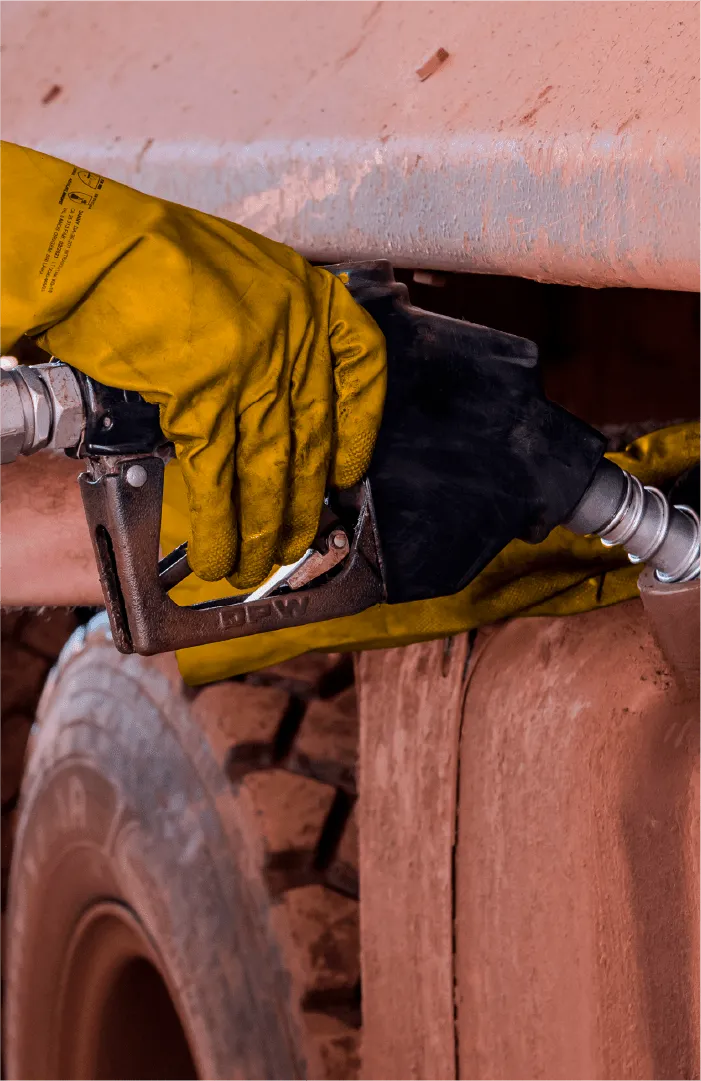The transport profile for an operation is essential. For this type of analysis, the total resistance is considered, with the well-known “rimpull” graph and rolling resistance plus the effective ramp. These parameters are directly linked to efficiency and operating costs.
To get started, it’s important to look at some basic concepts such as ramp resistance, rolling resistance and the “rimpull” graph. Let’s go?



ROLLING RESISTANCE:

We start with rolling resistance, where we have a force acting in the opposite direction to the movement of the object that is in contact with the surface, such as a road. It is caused by the deformation of the object, in the case of our equipment the tire.
This rolling resistance is influenced by a number of factors such as surface texture and pressure on the surface. However, it does not take into account the inclination of the surface.



EFFECTIVE RAMP:

The concept of the effective ramp is the force that opposes the movement of the equipment up or down the ramp, all caused by gravity acting on the equipment’s own weight. The steeper the ramp, the greater the ramp resistance, which means it will require more energy to overcome when transporting our material.



RIMPULL GRAPH:

These two factors, mentioned above, will help us with the rimpull graph, a tool often used to determine the maximum speed of a loaded piece of equipment.



The figure above is our famous “rimpull” graph. This is a visual representation of how rolling resistance and the effective ramp affect the equipment’s ability to overcome an incline or slope.
The vertical axis on the left shows the “rimpull” – a force that will come out of inertia and maintain movement, usually the truck already comes from a previous movement, the “rimpull” just keeps the equipment moving – and the vertical axis on the right represents the inclination of the surface in degrees. As the incline increases, the resistance of the effective ramp also increases, requiring greater traction to maintain movement.
It’s important to keep a few observations in mind: to consider a road in good condition, we must start from a total resistance of 2%. In contrast, a stretch of flat road in poor condition, due to dust, mud, etc., can create a level of rolling resistance similar to that of a ramp in good condition

Looking at the graph, we have:
The “gross weight” shown in the graph refers to the weight of the truck plus the loaded weight.
The “rimpull” is usually specified in the truck’s manual.
The incline can be in degrees; if it is in degrees, you can use a conversion system for percentages, such as:



h= ramp height;;
d= horizontal distance;



CONCLUSION:

Based on an understanding of total resistance in different terrain and road conditions, it is possible to stipulate optimum speeds for equipment in different sections of the mine. This approach makes it possible to optimize productivity, fuel consumption and the safety of operations by adapting speeds to real conditions.
Did you like the content? Like and share! With FAST2 Mine, you won’t need to do these calculations by hand; the Mining Control modules will help you and show which ramps are not favorable to your production.

Gostou do conteúdo? Curta e compartilhe!



